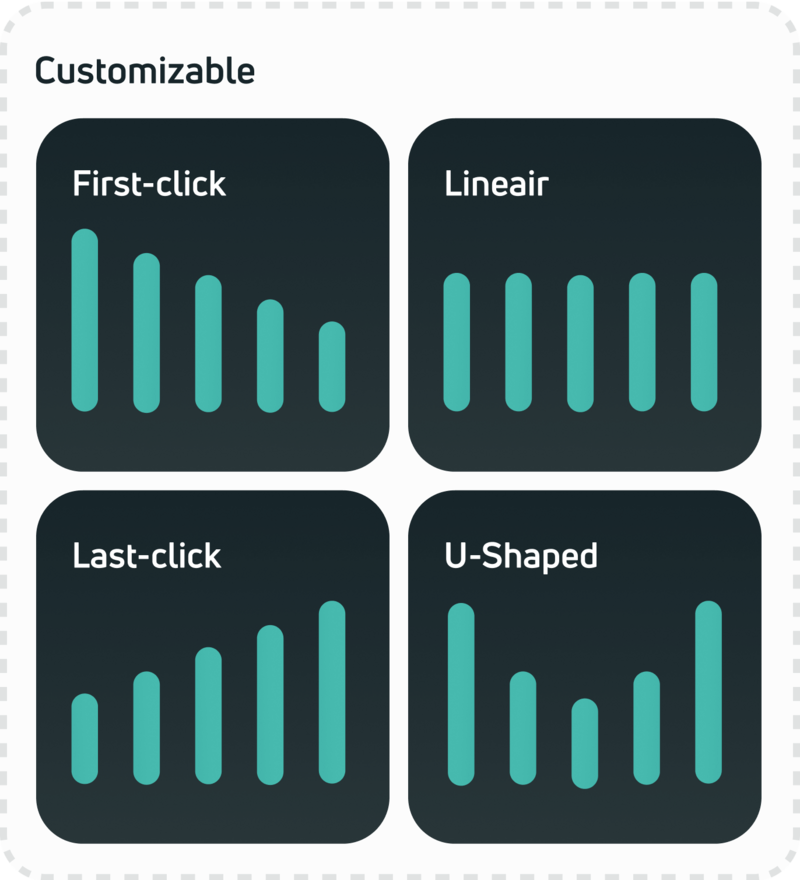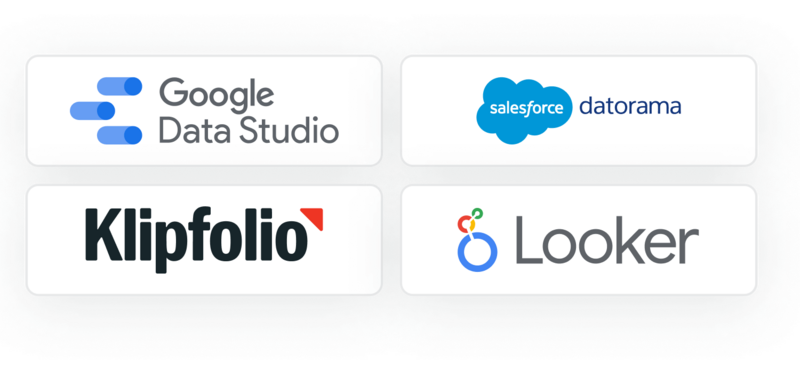Do Bing Ads have an added value next to your Google search ads, or is it a waste of time and resources?
Most marketers see their search ads on Google as their most important marketing channel, while Bing Ads are generally considered a nice-to-have. Microsoft advertising (Bing Ads) is a self-service PPC search advertising platform specially designed for the Bing search engine. Although Bing’s share of total online searches is almost insignificant in comparison to Google’s market dominance. Most marketers still choose to add Bing ads to their marketing mix, mainly due to its easy way to implement their Google Ads setup straight into the Bing platform. But is it really helping their marketing mix or is the convenience driving the usage of Bing. How can marketers know?
How are conversions measured in Bing Ads?
Bing only uses post-click as a way to attribute conversions to its campaigns. Meaning that all conversions that happen after clicking on a Bing search ad will be attributed, with the option to select a certain date range. The post-click model gives bottom-funnel validation about your right audience, keywords, etc. But it doesn’t give you insight concerning the reason why and how these customers purchased. You need understanding about all the touchpoints that led to that conversion. If marketers truly want to understand if Bing ads are driving sales, better marketing intelligence is required. So what can marketers do?
What is your best option in challenging Bing?
The best marketing weapon against flawed results provided by any platform is the adoption of an attribution model and method. It is important to understand that customer journeys are never the product of one sole touchpoint (ad, email, promotion, etc.), but always the result of a symphony of previous touchpoints that reached the customer. Insight into what other ads and impressions resonated with the customers will weaponize you against any isolated marketing report. Odyssey helps marketers with getting them the insights that they need. The following multi-touch attribution models can be utilized in the Odyssey platform:
- First Click Linear
- Linear
- Last Click Linear
- U-Shaped
- Custom model
So what happens when you apply multi-touch attribution?
Odyssey allows marketers to place the Bing ad within a complete customer journey, by doing so the mist that surrounds the complete journey before will be blasted away. Every Bing campaign or keyword (depending on the level) is given a certain index by Odyssey based on its relative value to the journey, Odyssey calls this the Incrementality index.. Thereafter, Odyssey calculates the most important marketing results (for example; attributed revenue) based on this index which will differ from the results seen in Bing Ads or Google Analytics.
When looking at the attributed revenue given by Odyssey in general to Bing ads, it is almost always the case that revenue attributed by Google Analytics is higher. In other words, Google Analytics is overvaluing the worth of Bing Ads. But that doesn’t mean that Bing has no value. On the contrary, Bing Ads proves to work for most businesses, just not as much as Bing would like you to believe. When marketers understand what is driving their revenue, marketers can make just decisions about their marketing budgets.
Are you interested in putting your Big performance to the test?
Odyssey offers a starting free trial period to get marketers acquainted with all the exciting insights Odyssey has to offer. Not only Bing Ads but your whole marketing can be examined with multi-touch attribution. The setup starts with a Google Analytics connection that is easily completed in less than 2 minutes, upgrading that with a direct connection with Bing Ads and the most will be gotten out of the Odyssey attribution platform. It’s also possible to get the Odyssey attribution metrics directly into your current marketing reporting system, for example Google Data Studio, Klipfolio, and many others. See more of this in our Destinations section.










